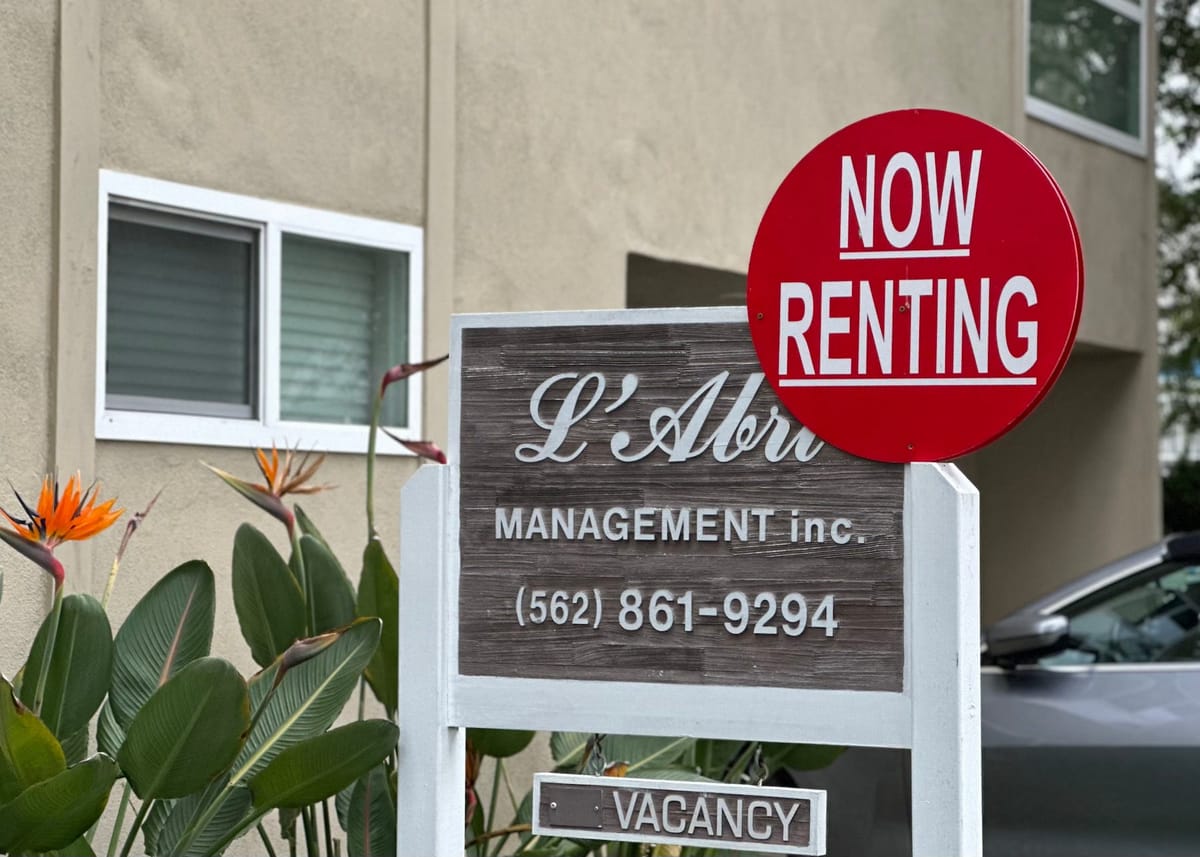After Long Beach updates eviction law, advocates say renters still at risk
A new emergency ordinance now limits what counts as a remodel substantial enough for landlords to evict tenants, among other changes.


The City Council updated its local eviction ordinance Tuesday to be more in step with a new state law that protects renters against no-fault evictions but activists continued their calls for the council to eliminate “substantial remodels” as a reason to displace tenants.
The law will be adopted as an emergency ordinance and will take effect after the City Council votes on it next week.
Under the city’s previous law, replacing large systems like electrical, plumbing or other structural fixes qualify as “substantial remodels,” but aesthetic improvements like painting and minor repairs do not count.
When state legislators updated the 2019 Tenant Protection Act in April, it gave renters more protections; the scope of “substantial” was narrowed and landlords are now required to offer units back to tenants if the work they were evicted for is not completed within a certain time frame.
Under the city’s updated law, a substantial remodel would only allow landlords to evict a tenant if the work required a tenant to vacate the property for 30 consecutive days for health or safety reasons.
Don’t let Long Beach become a news desert. Become a Watchdog today.
Still, advocates called for the council to consider prohibiting remodels as grounds for evicting tenants, arguing that such renovations unfairly displace tenants and lead to rent increases.
“I’m here in front of you asking you to end substantial remodel,” said Maria Lopez, a long-time affordable housing advocate in the city who said she is facing eviction next week because her unit is being renovated.
The City Council adopted its ordinance in 2020 that set rules for when landlords could evict tenants for “just causes,” which include failure to pay rent, breaking rules outlined in the lease or allowing criminal activity to happen on the property.
Long Beach could expand affordable housing mandate citywide by 2025
Jason Ruiz • May 15, 2024

Next year, Long Beach could begin expanding its inclusionary housing policy that requires new construction to include affordable units as city officials seek to cut into the affordable housing crisis. The City …
Read full story →
That ordinance also outlines reasons a tenant can be removed, even when they haven’t violated their lease. For example, an owner or an owner’s family member could displace a tenant. Under the ordinance, landlords could also evict renters by filing for remodel permits — a move that tenant advocates call a “loophole.”
While much of the city’s law will remain intact, the protections the update provides will be expanded to units in mobile home parks and will broaden tenants’ rights to see proof that work is being completed.
Now, an owner or a family member who moves into a unit and displaces a tenant will have to live in the unit for 12 consecutive months. The changes will also allow tenants to obtain proof that the person displacing them is the owner of the property or related to the owner.
Separately, owners are now required to complete proposed renovations under the new law.
Failure to meet either of those new requirements could result in an owner being required to offer the unit back to the displaced tenant with the same terms as the lease that existed before their eviction.
Owners who violate the ordinance could be forced to pay attorney’s fees and face a civil penalty of up to $15,000. The requirement for relocation assistance, which could be upward of $4,500 depending on the tenant’s rent, remained unchanged in the updated ordinance approved by the council Tuesday night.
Mayor Rex Richardson said that he believes the city’s slow increase of tenants’ protections has helped keep people housed. He pointed to last week’s release of the annual homeless count that showed a 2% decrease in Long Beach’s unhoused population, the first dip in seven years.
“One big strategy is keeping people in their homes,” Richardson said. “When you add tenant protections, you slow the pace of homelessness.”
Jason Ruiz has been on strike from the Long Beach Post since March 21, yet he’s still covering city hall without pay. Thank him for his reporting.
We need your support.
Subcribe to the Watchdog today.
The Long Beach Watchdog is owned by journalists, and paid for by readers like you. If independent, local reporting like the story you just read is important to you, support our work by becoming a subscriber.





